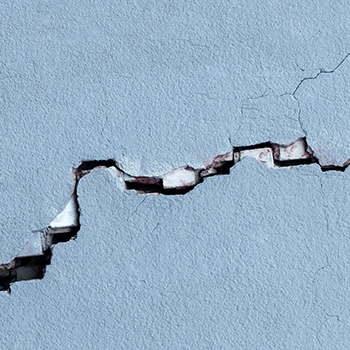For more than a decade, organizations have invested heavily in technology to modernize procurement. In well-deployed environments, systems are smarter, dashboards are faster, and automation has taken hold. Yet for many, performance lags behind expectation.
As we discuss in our recent post, the problem isn’t the technology. It’s that organizations are trying to fit it into structures that were never designed for how work happens today. Teams learn to use the tools, but the work itself stays the same. The result is a maze of manual workarounds, fragmented ownership, and change fatigue that spreads quietly (and insidiously!) across the function.
Procurement isn’t struggling because it lacks effort or expertise. It’s struggling because the operating model hasn’t caught up to the tools.
The New Talent Equation
Technology has changed what procurement does, but people still determine how well the work is done. The future workforce isn’t just managing suppliers and transactions. It manages data, risk, and intelligence across complex networks that change faster than organizational structures can respond.
That kind of work calls for more than functional skill. It demands adaptability, analytical curiosity, and influence. It depends on how quickly teams can learn, adjust, and connect insights to action across the enterprise.
As one procurement executive at a global manufacturing company told us, “Transformation fails when we train for adoption instead of capability. You need people who can lead through ambiguity, not just follow a checklist.”
The issue is that most organizations don’t measure these things. They track certifications, completion rates, and tenure, even though none of those indicators predict transformation success. They assume talent gaps are about capacity, when they’re really about capability: the alignment between people, process, and technology that allows transformation to stick.
Seeing the Real Gaps
At RiseNow, we’ve seen transformations stall for the same reason across industries. Systems get implemented, but teams still manage work the old way. They build reports by hand, create shadow processes, and depend on a few key people who hold everything together.
Those are talent gaps; not in the HR sense, but in the operational one. They’re signals that capability, structure, and accountability aren’t working together. One transformation leader we spoke with captured it best: “We have good technology, but we don’t have enough people who know how to use it to drive value.”
RiseNow's Talent Risk Scorecard was designed to make those gaps visible. It measures readiness, agility, systems adoption, and leadership influence to show where teams are strong, where they’re overextended, and where investment will have the greatest impact.
It’s not about assigning blame. It’s about helping leaders understand what’s actually limiting transformation and where to start fixing it.
Building What Comes Next
Technology will always be essential to transformation, but it is not the determining factor for success. What matters most now is how well organizations align the people doing the work with the systems intended to support them.
The leaders shaping the next era of procurement are not simply investing in more tools. They are identifying capability gaps across their teams and designing operating models that enable people to deliver sustained value through technology.
The Talent Risk Scorecard is built to support that effort. It helps leaders move from instinct to evidence, from complexity to clarity, and from isolated progress to transformation that actually takes hold.
The future of procurement is not defined by automation alone. It will be shaped by how effectively organizations align their talent, structure, and systems.
Take the Talent Risk Scorecard and see where your organization stands. We’ll help you build what comes next.




